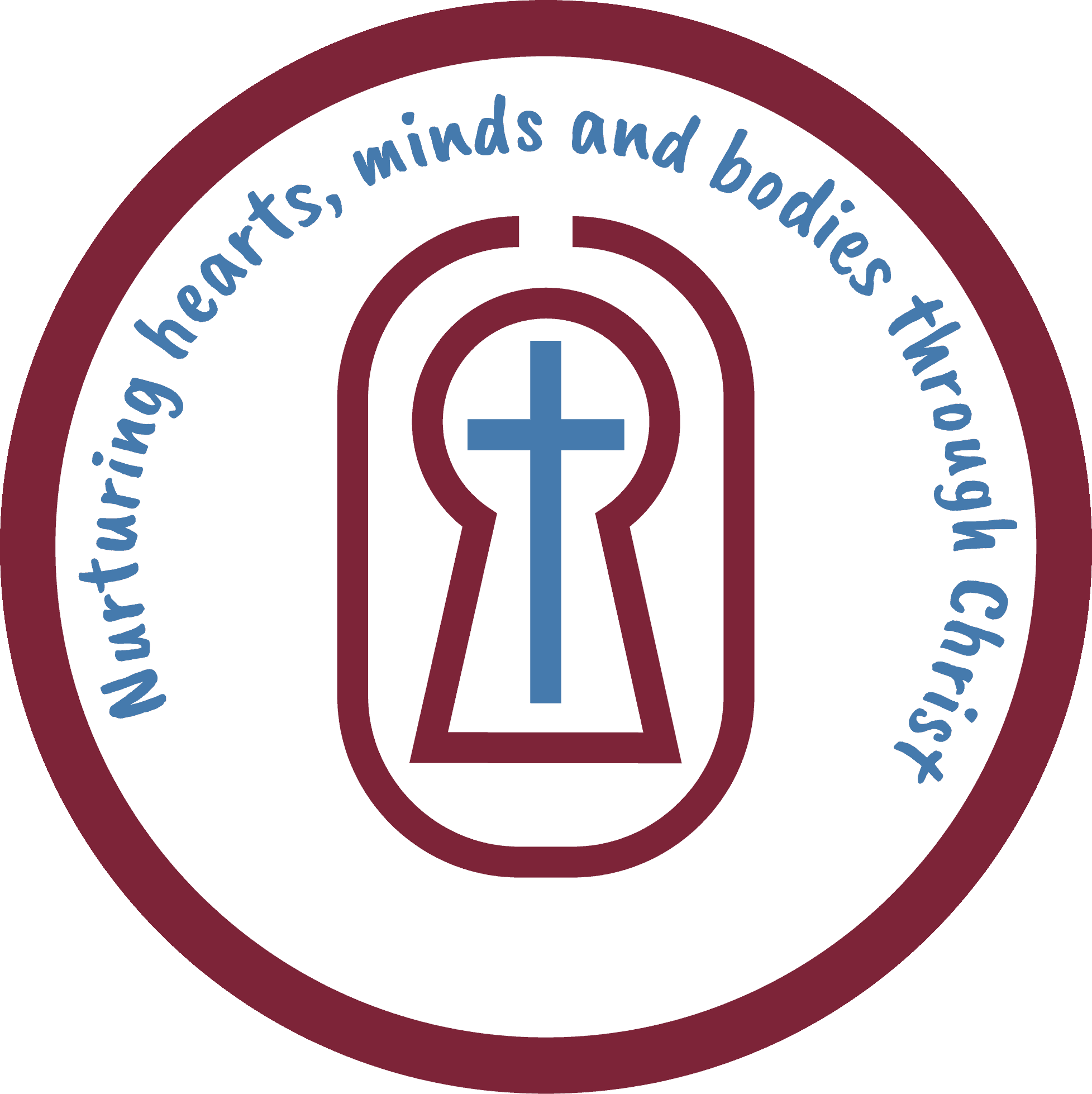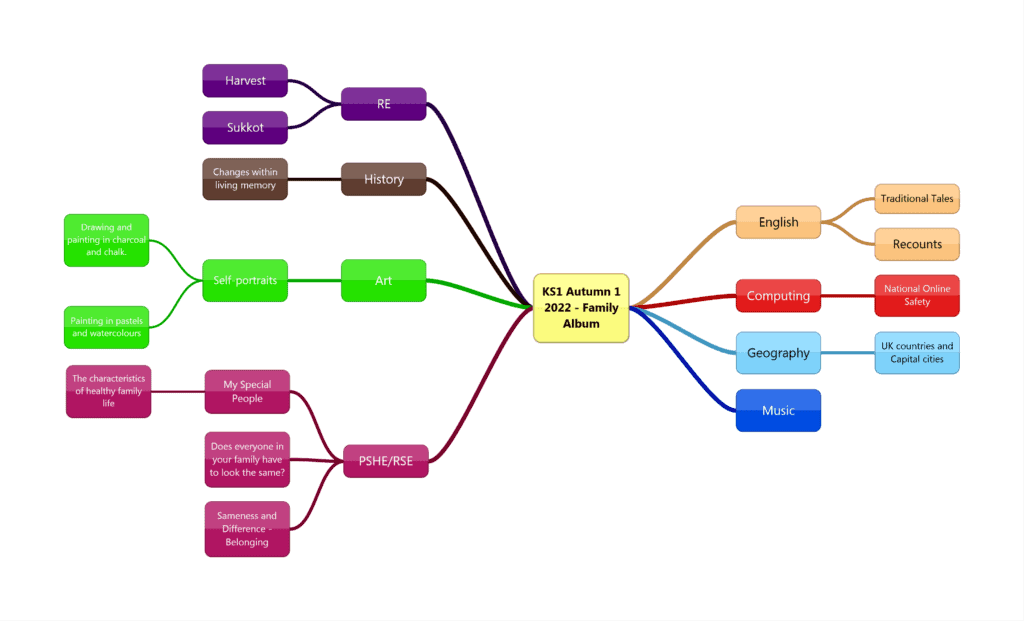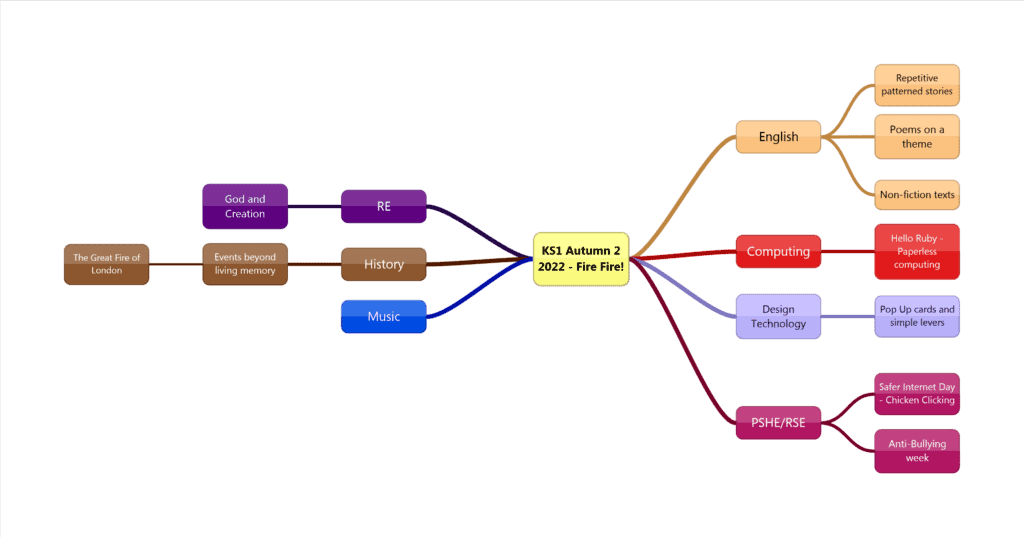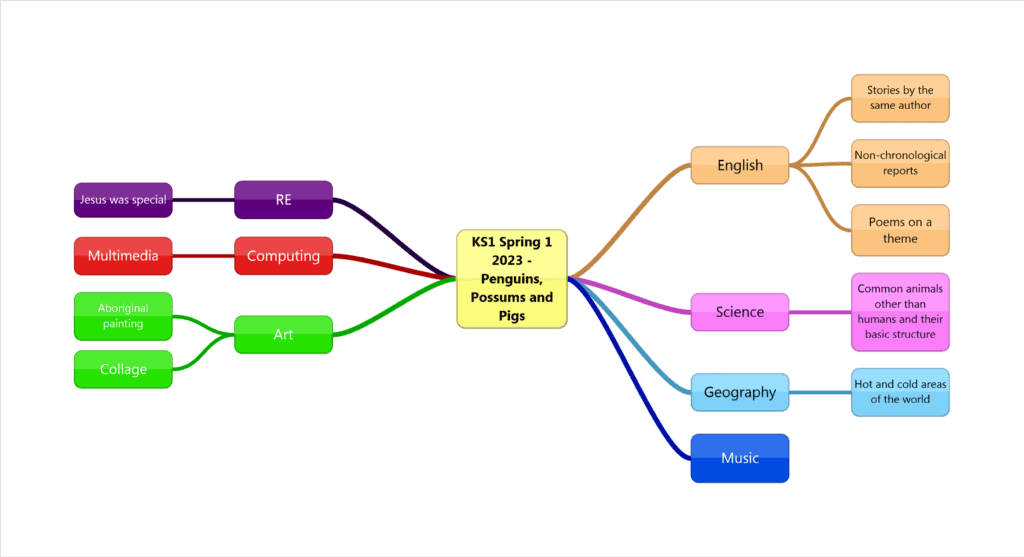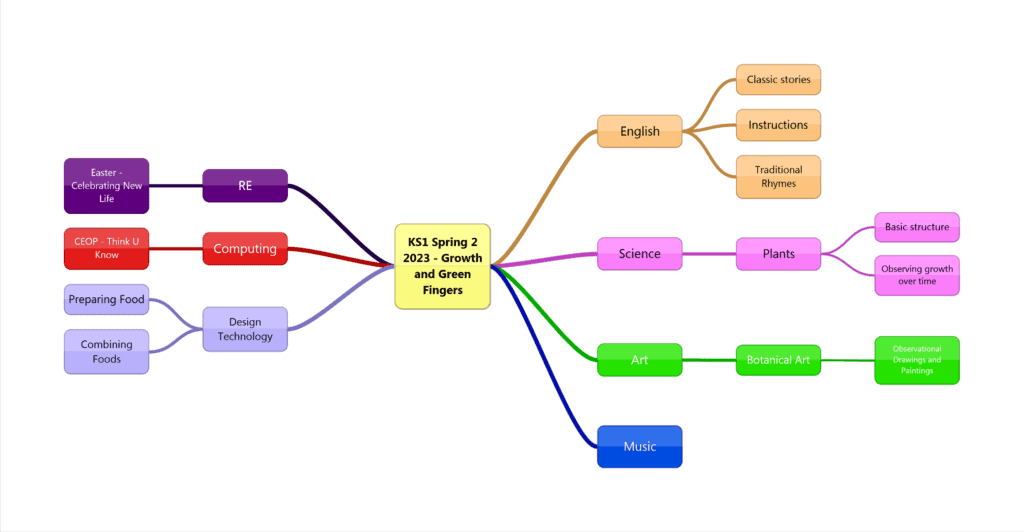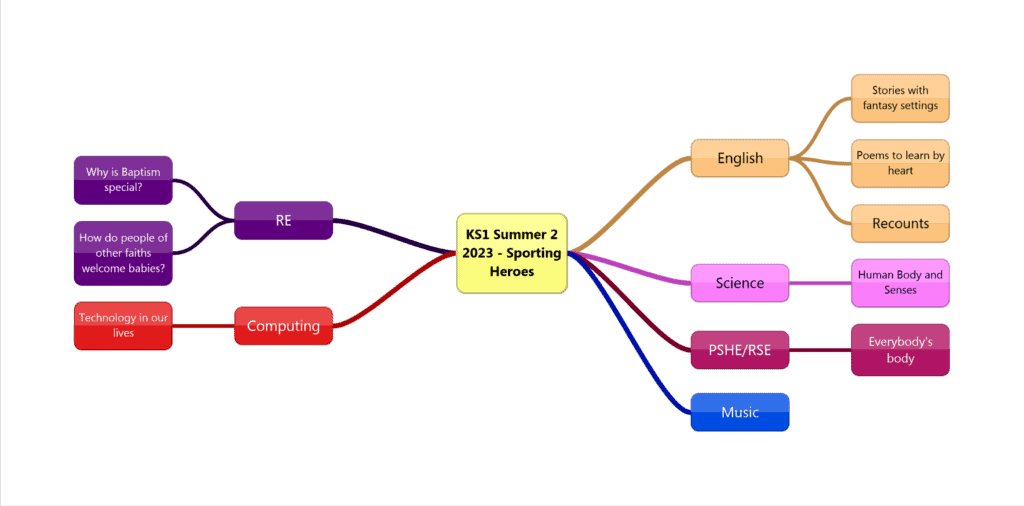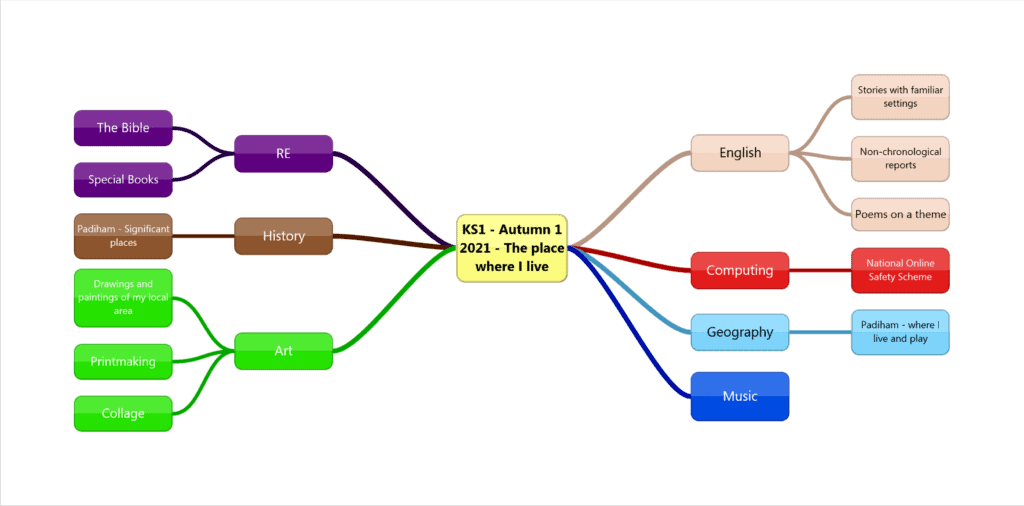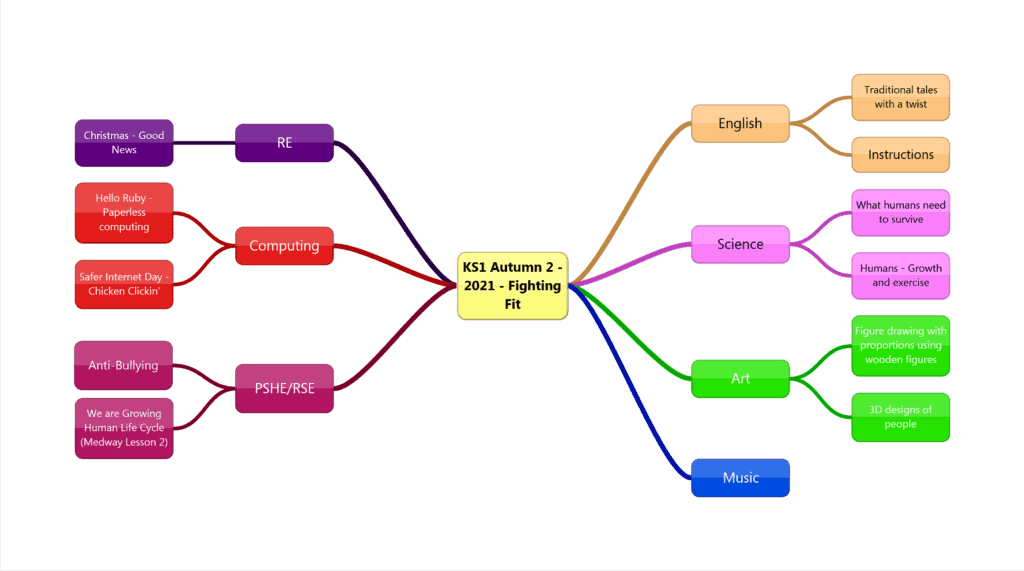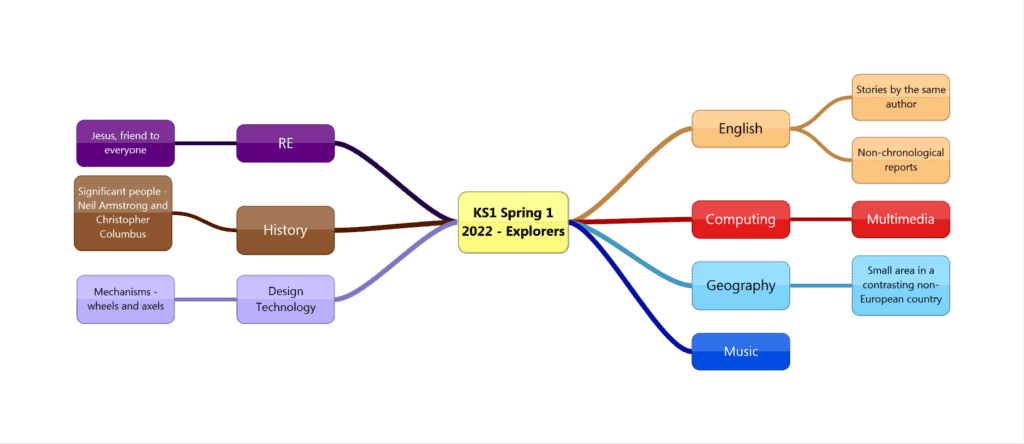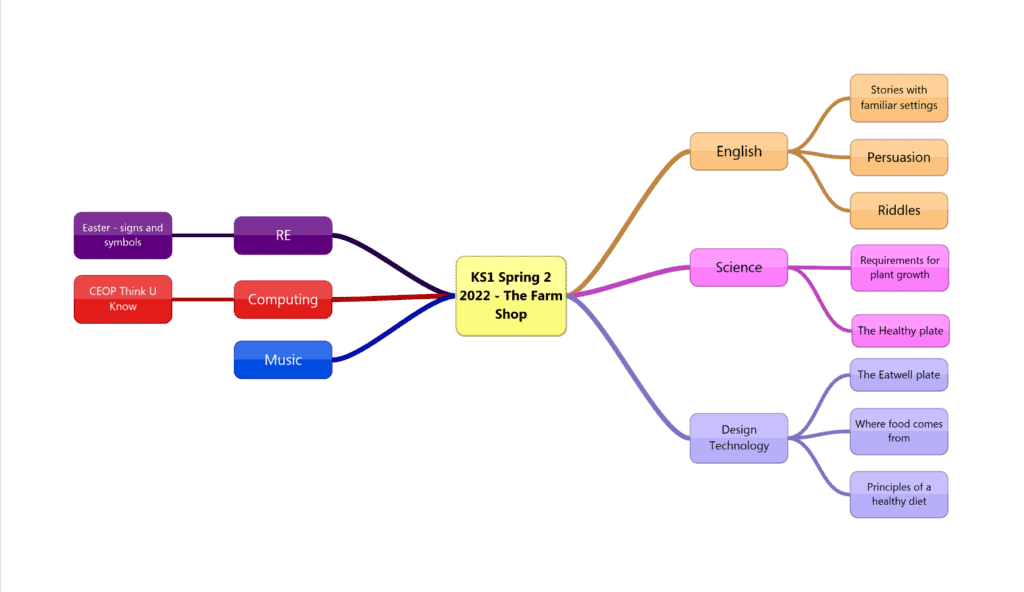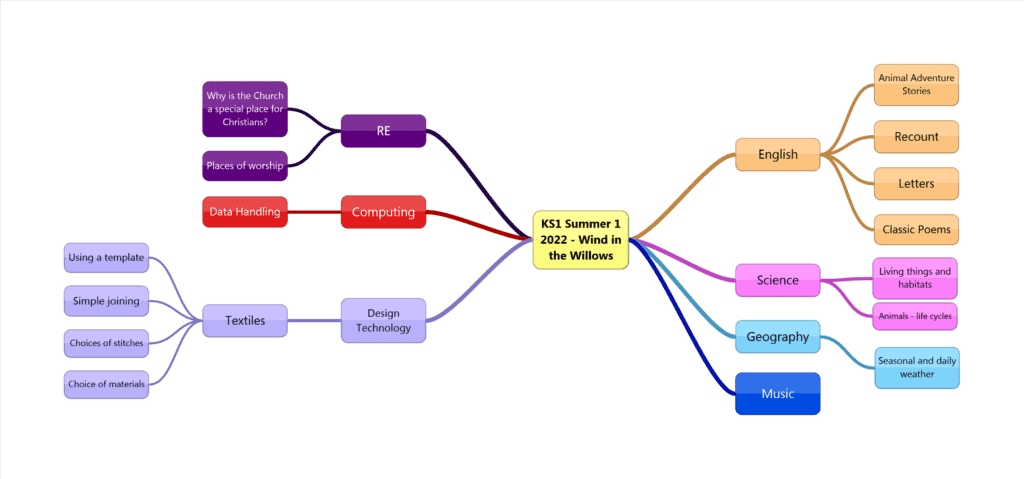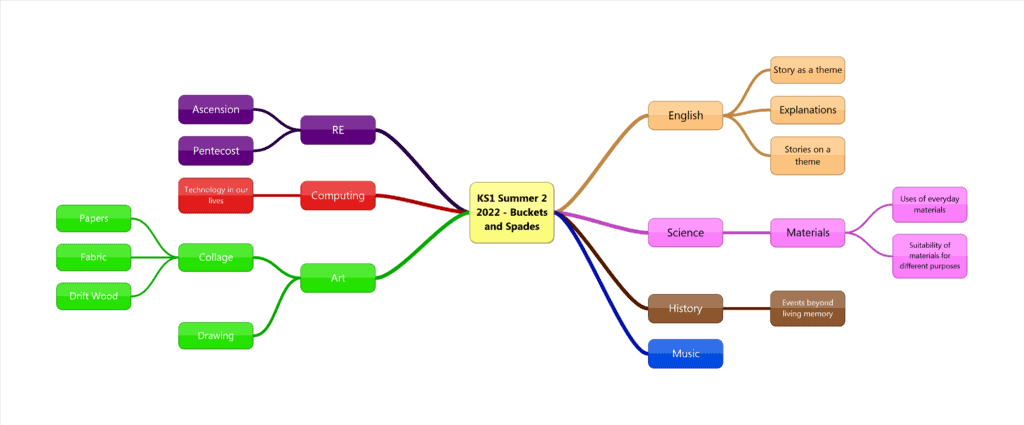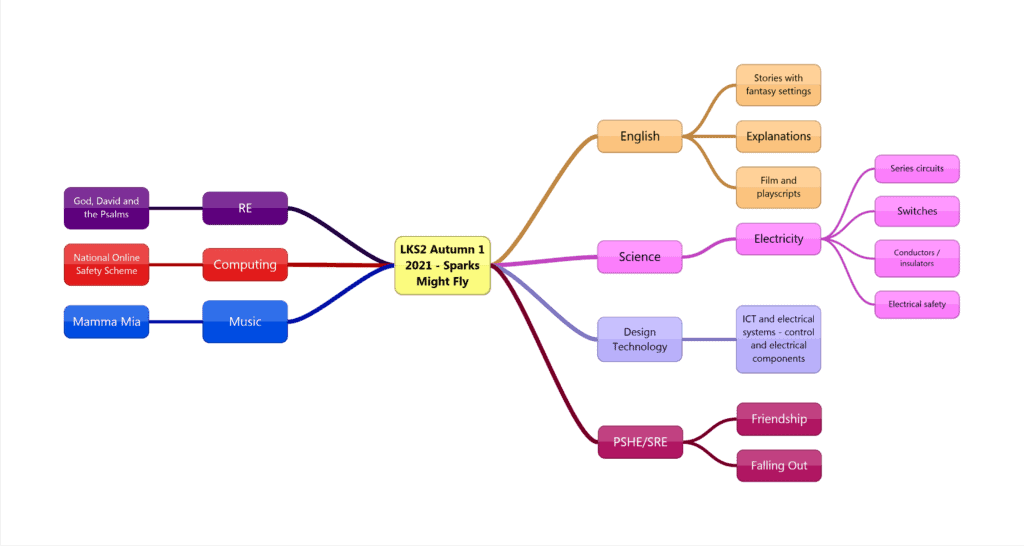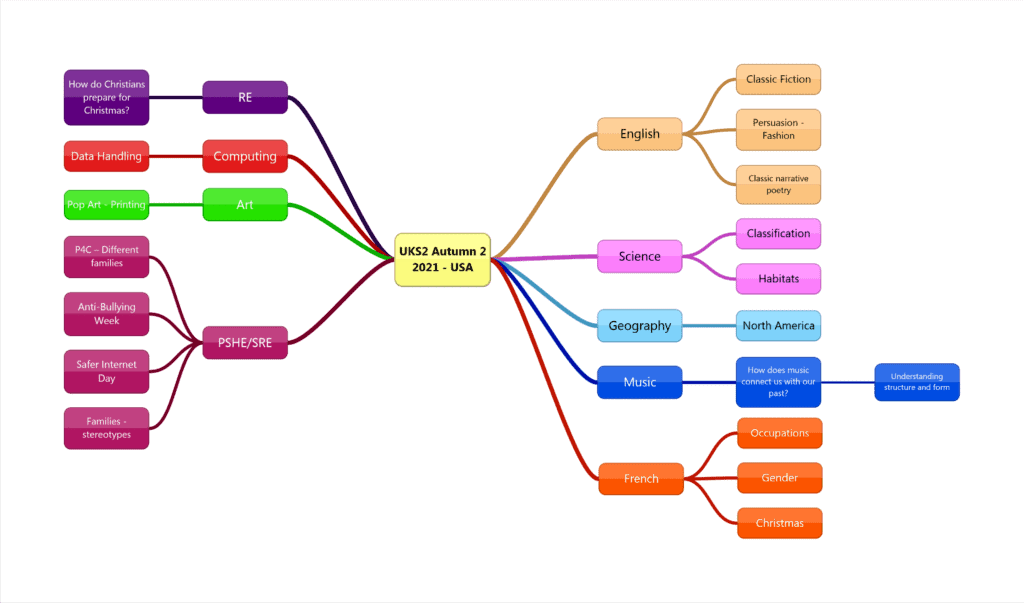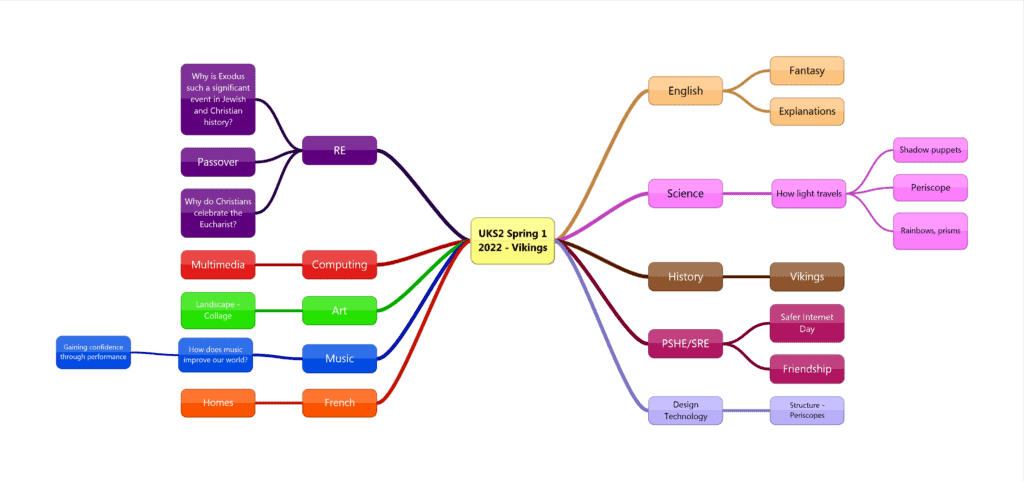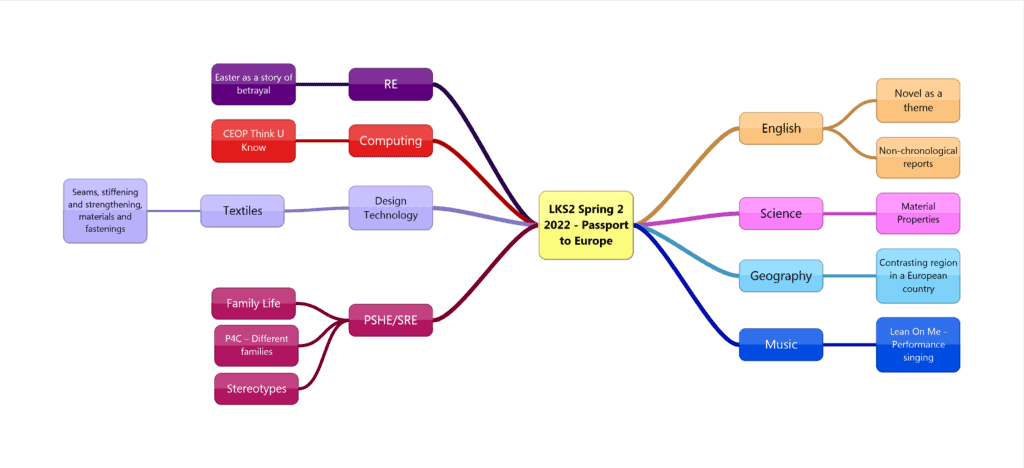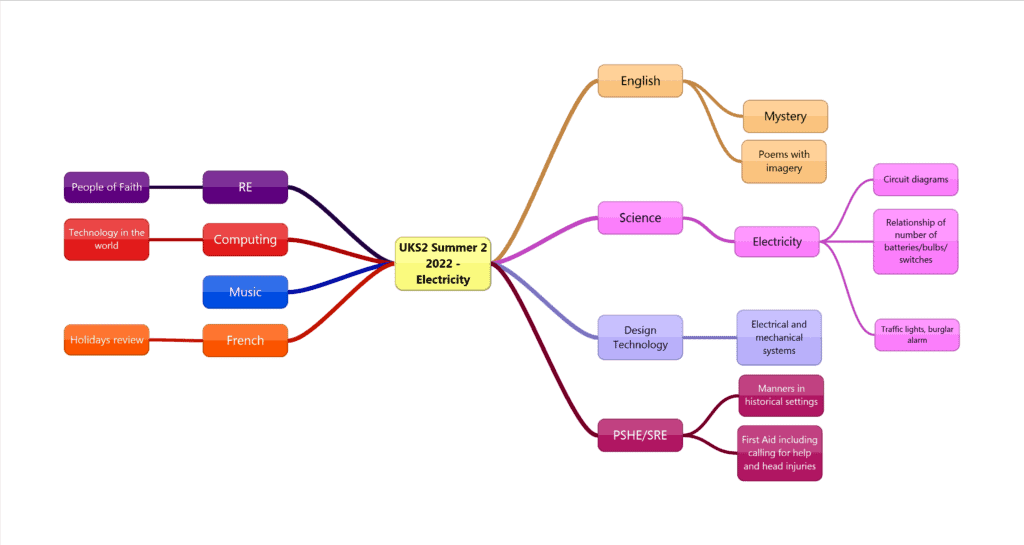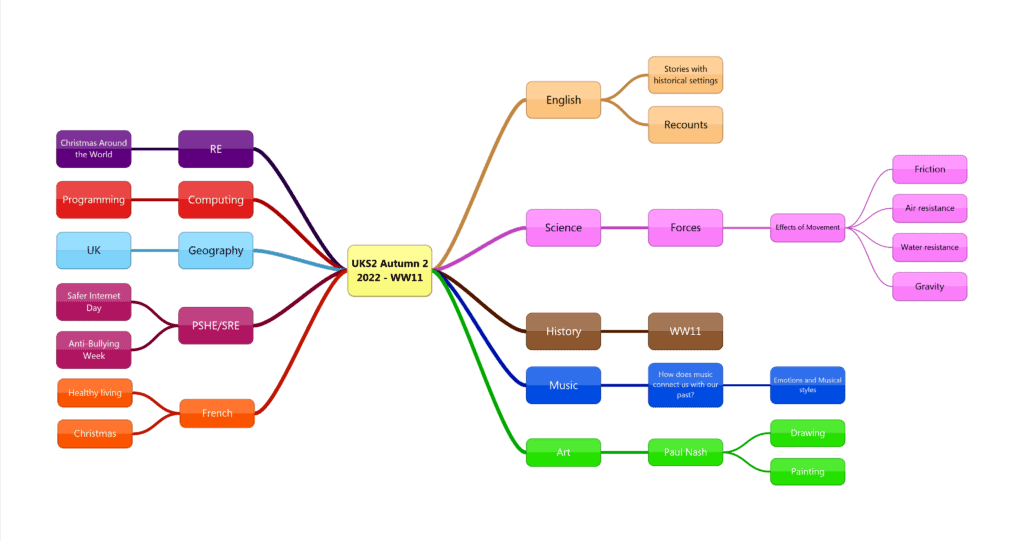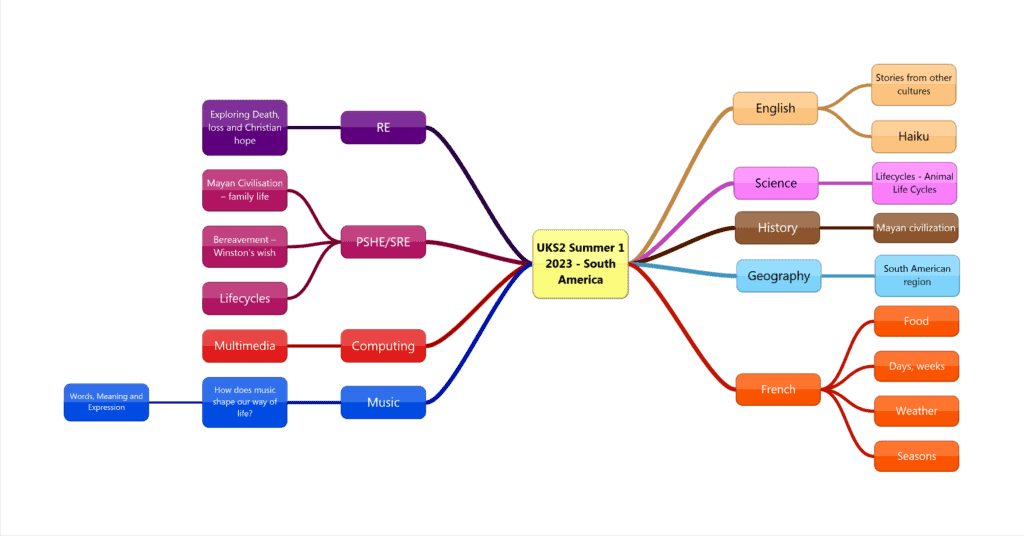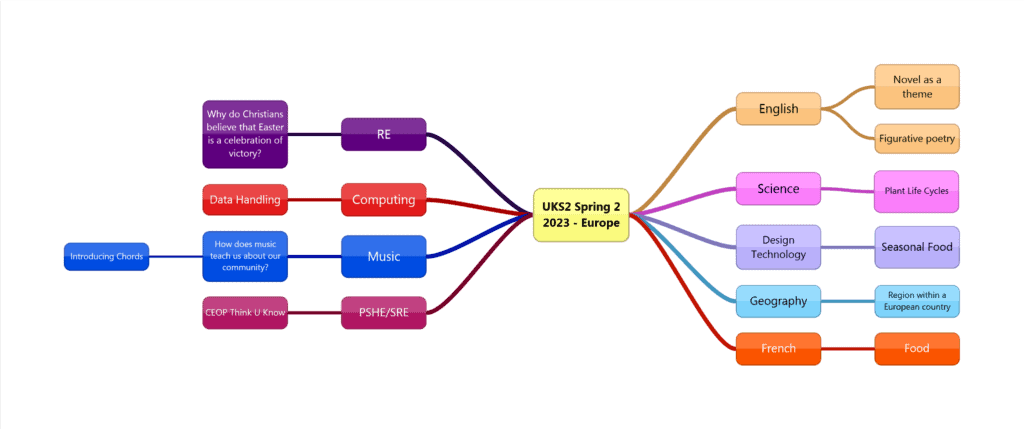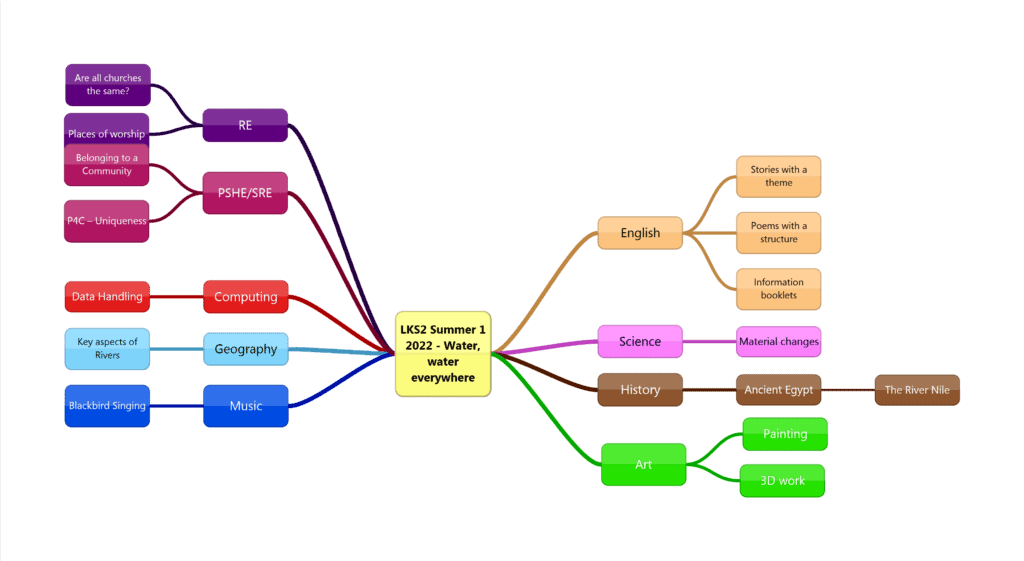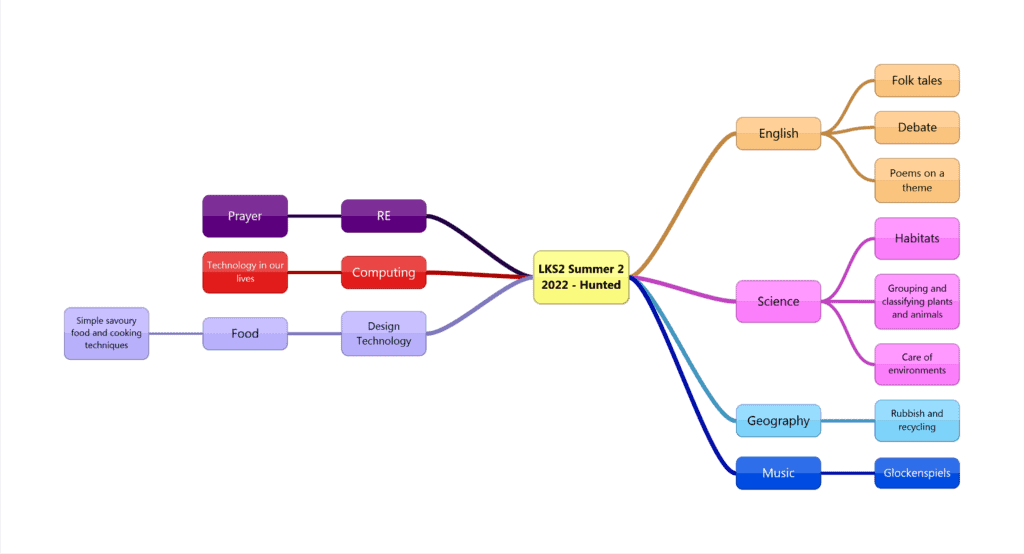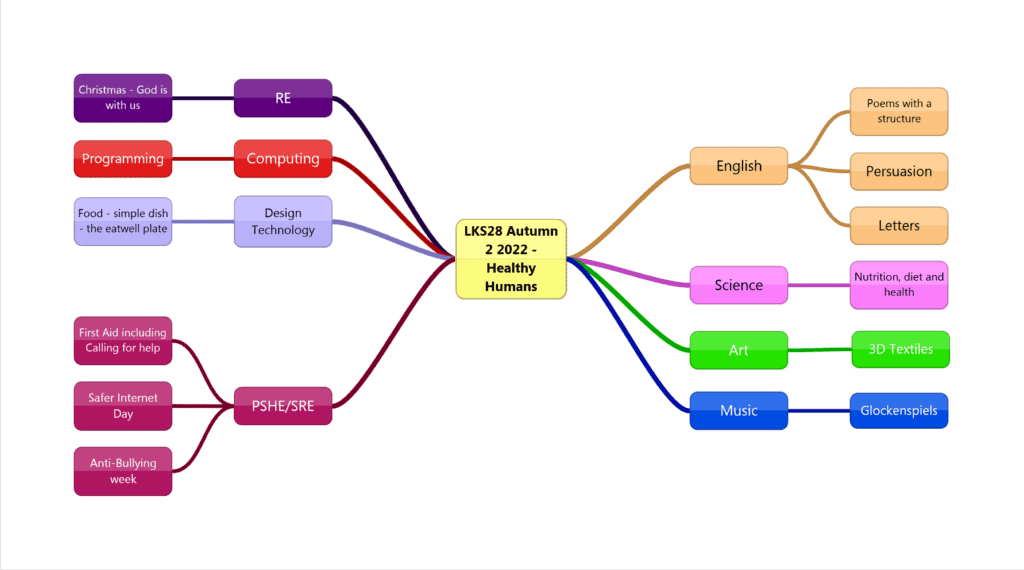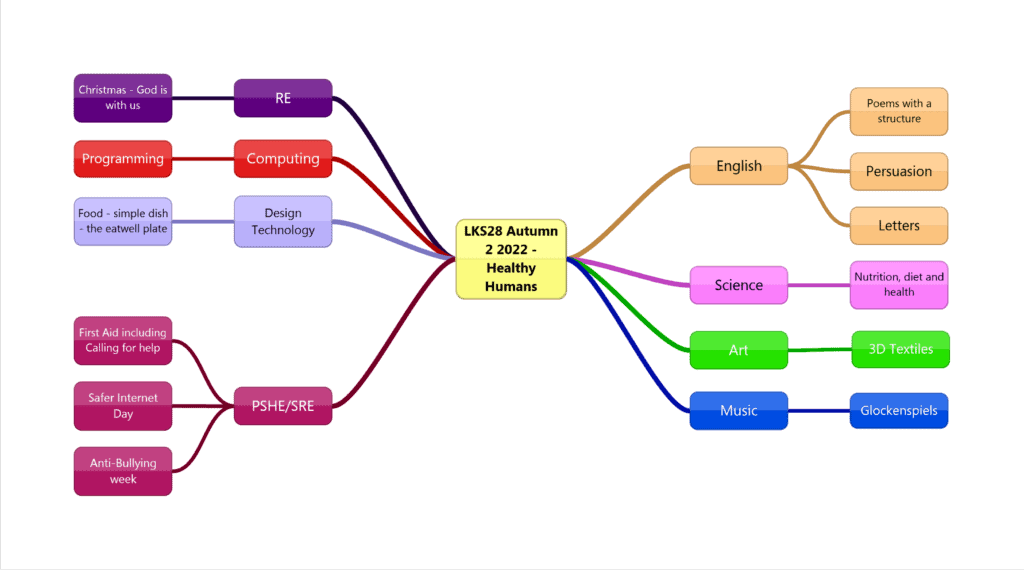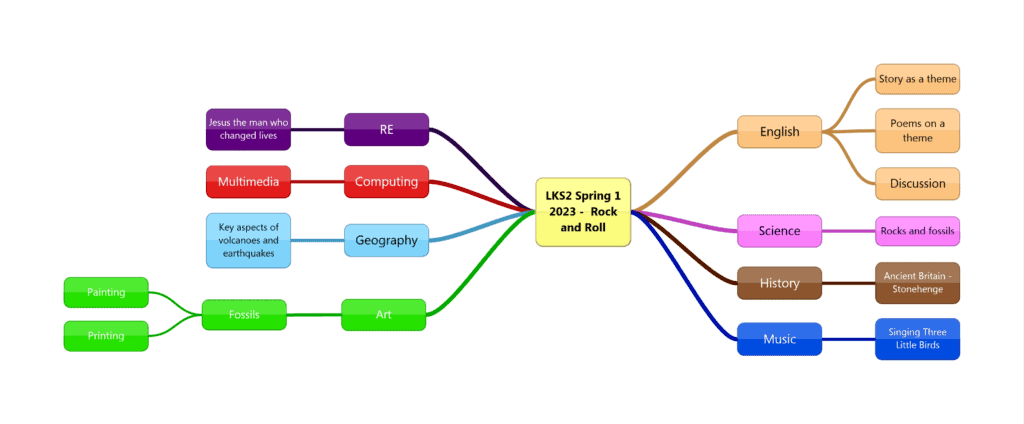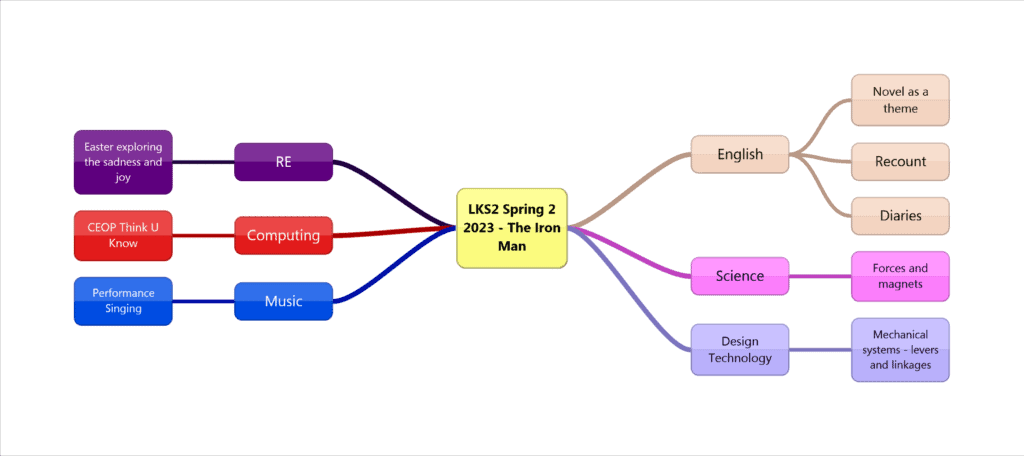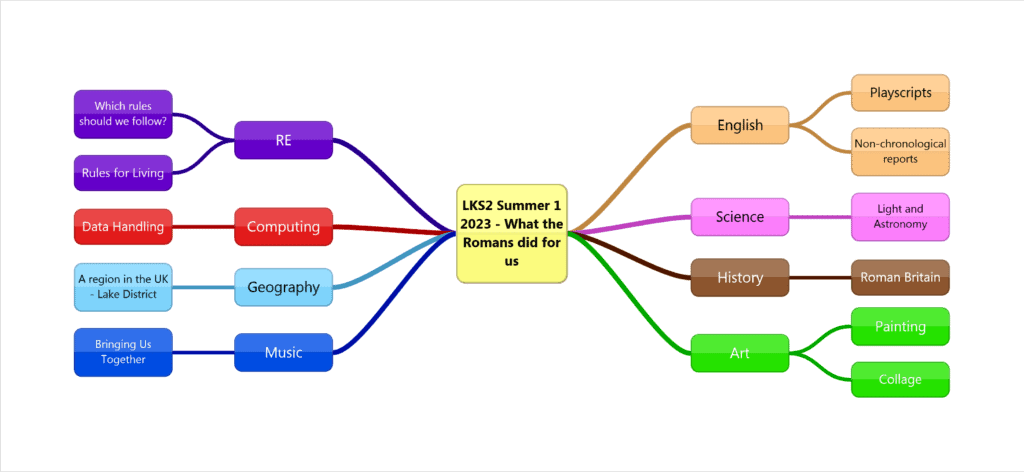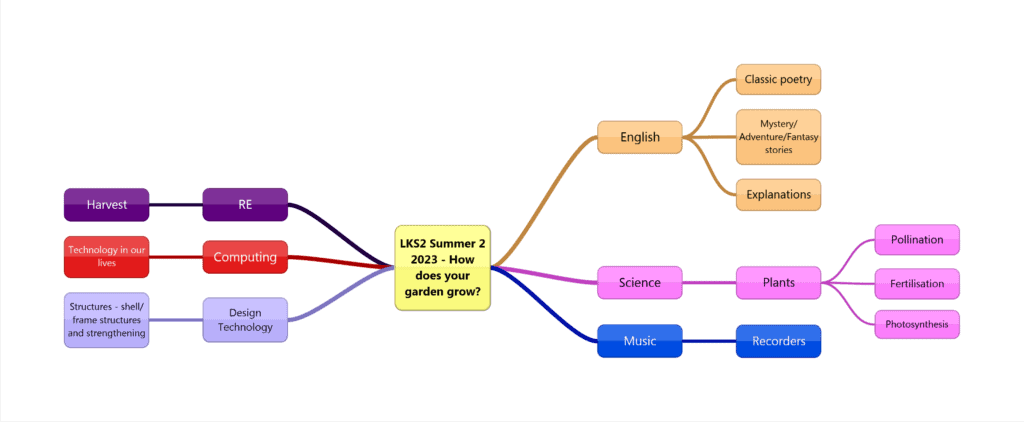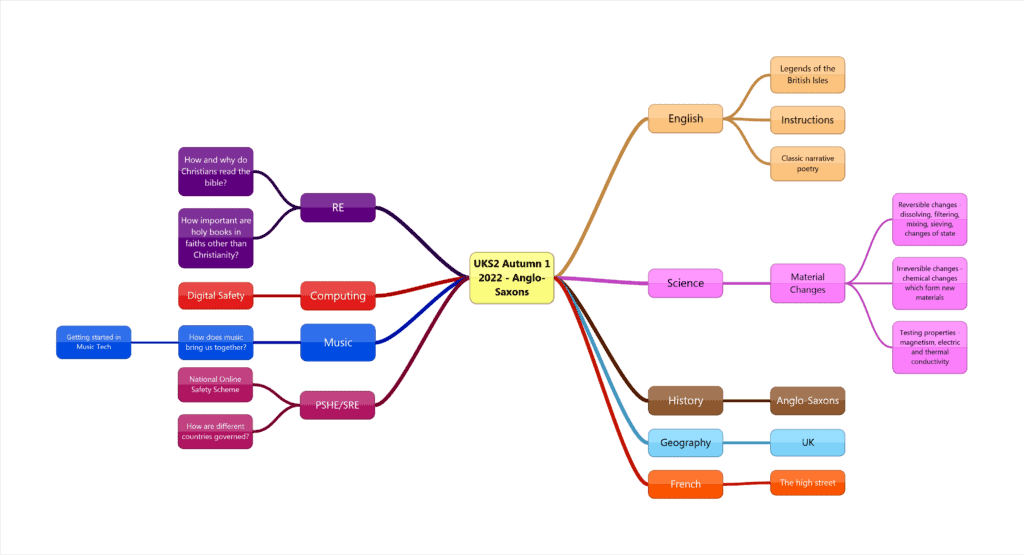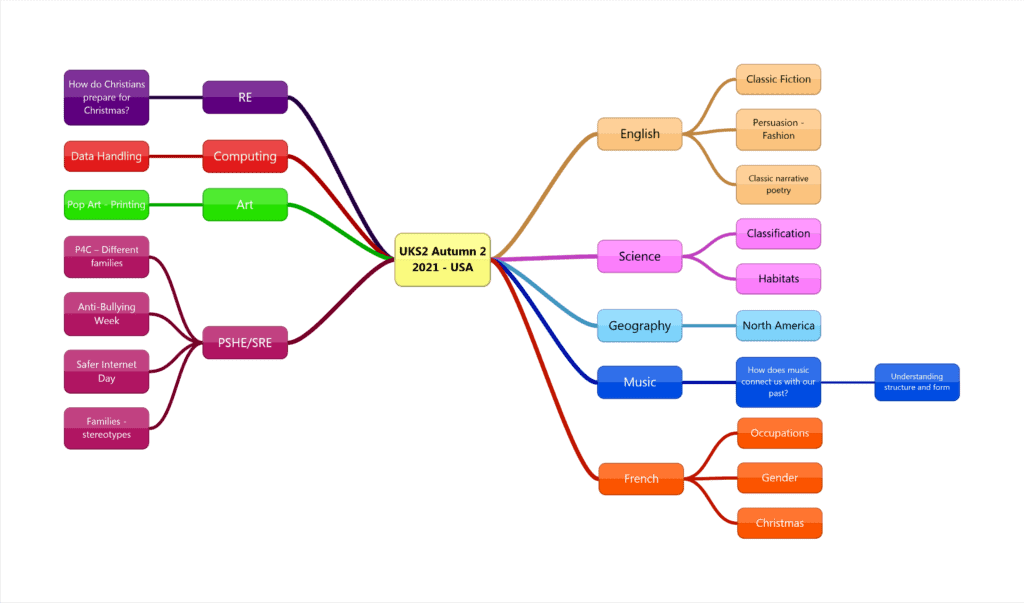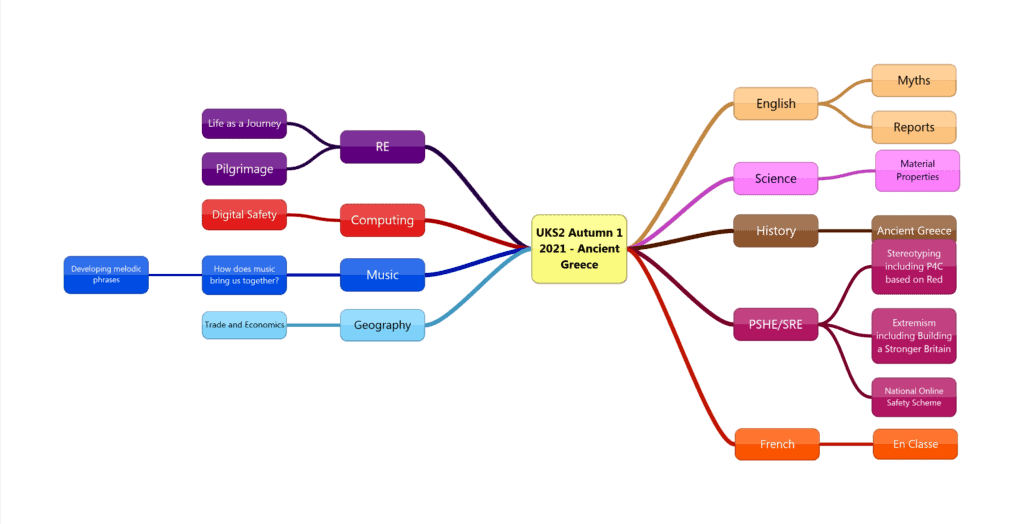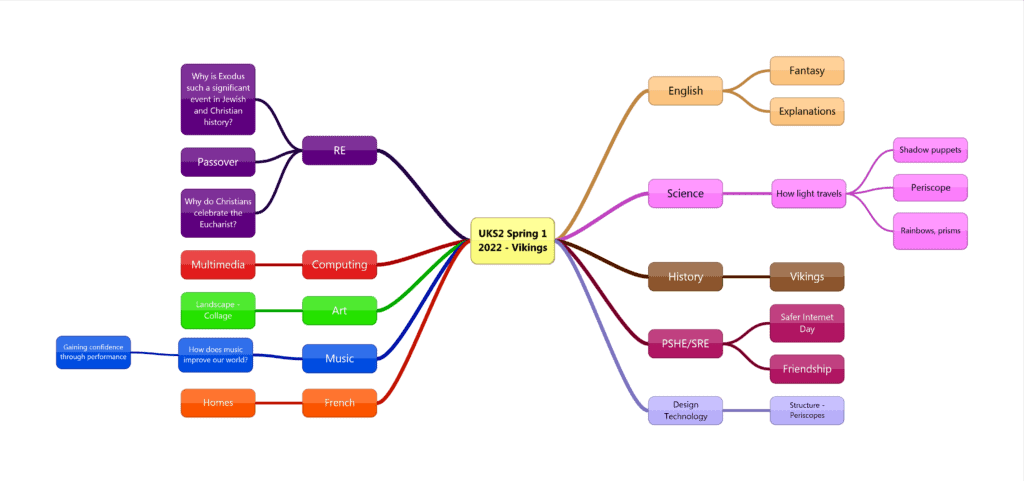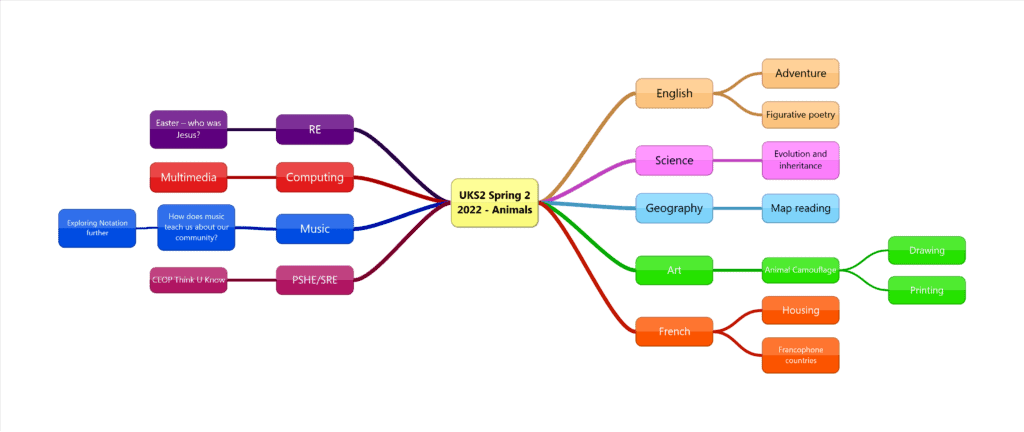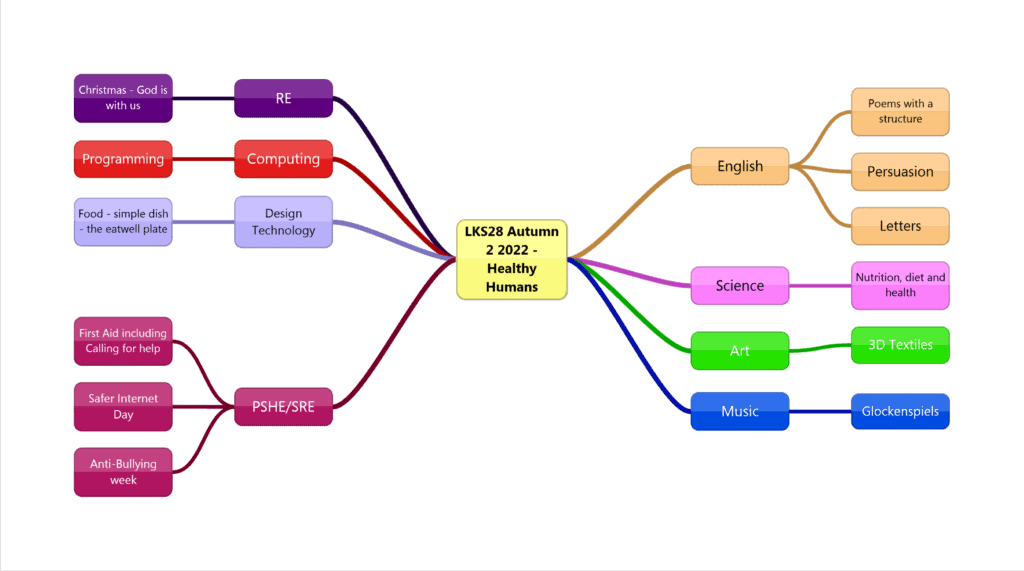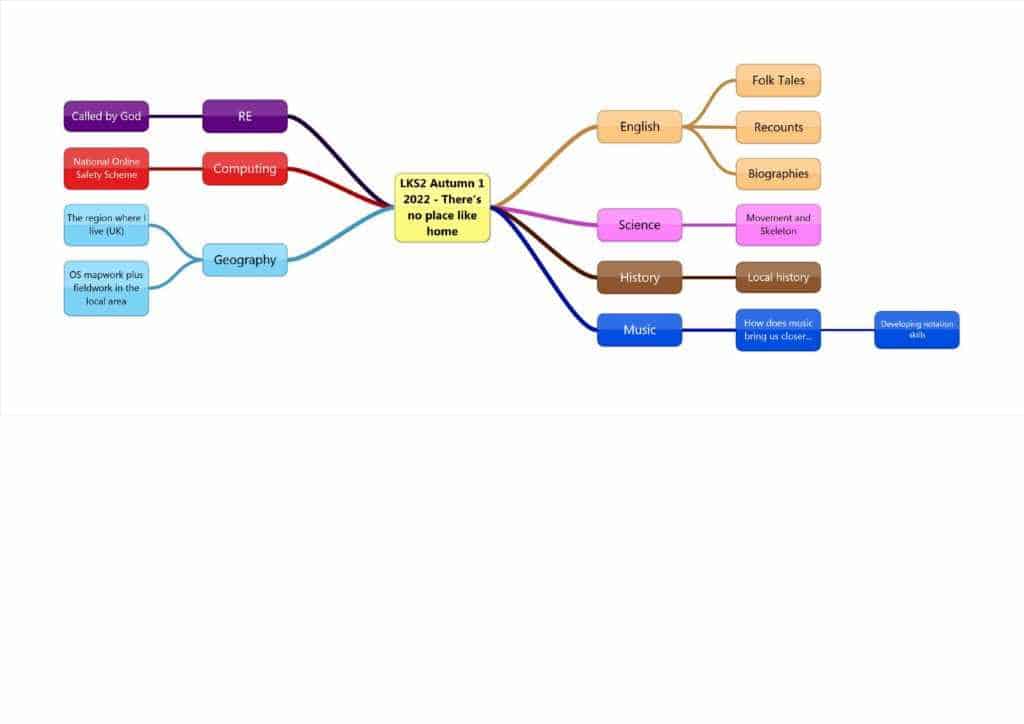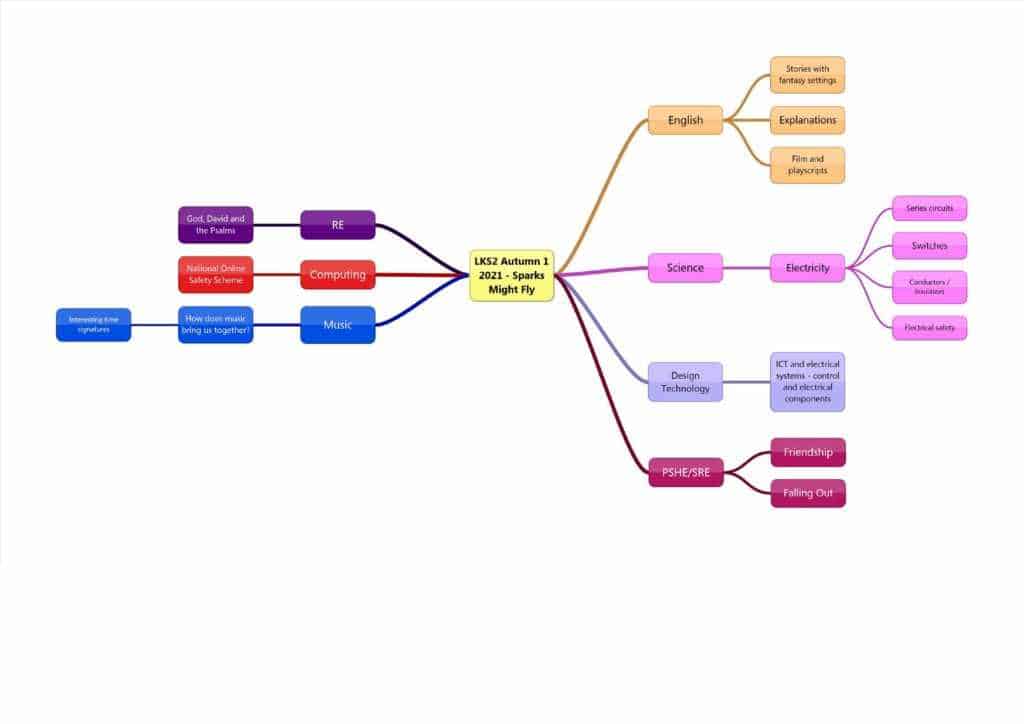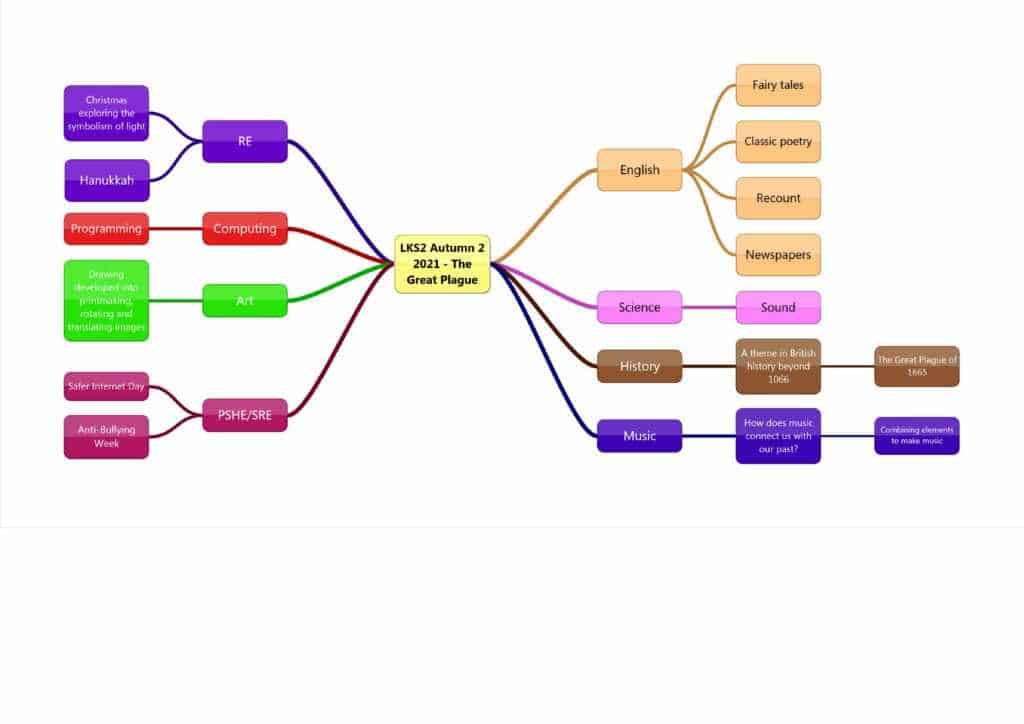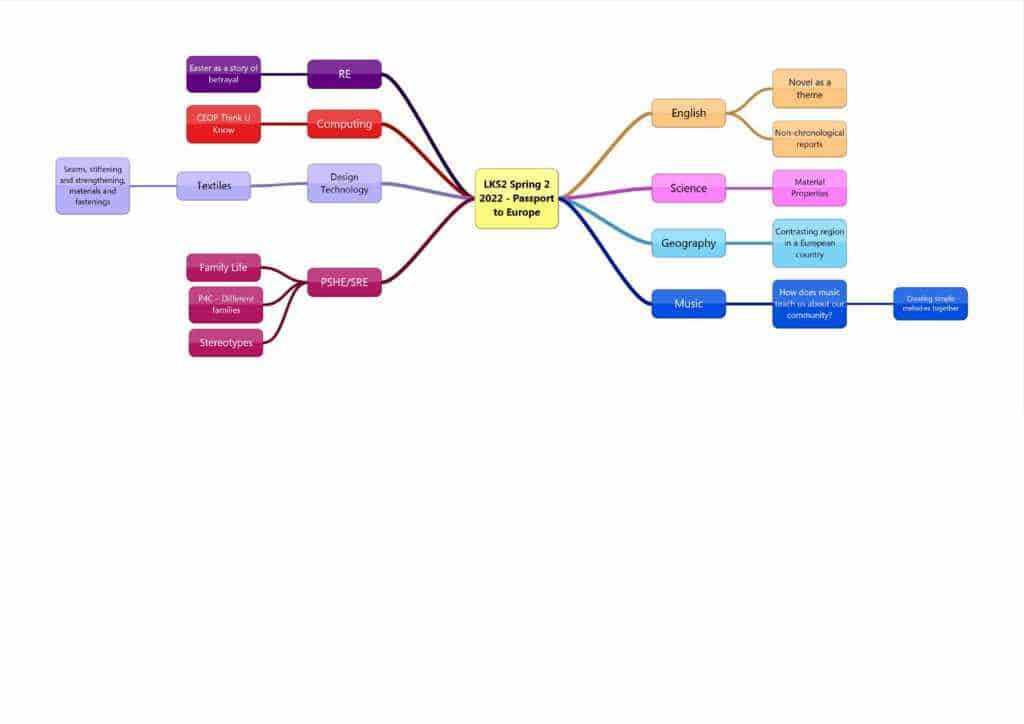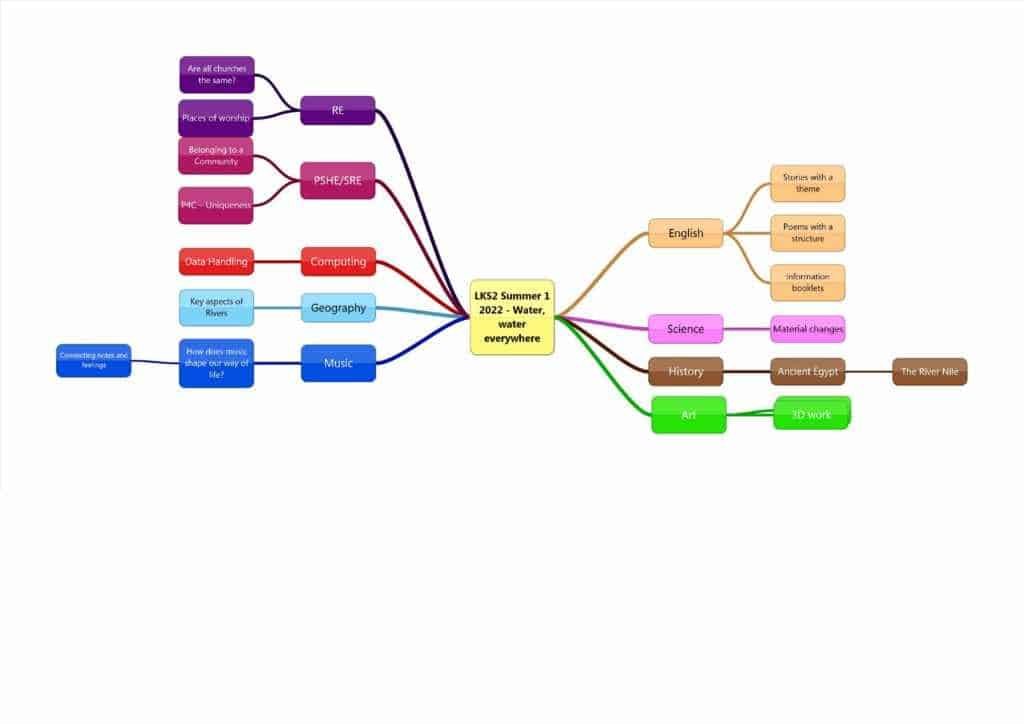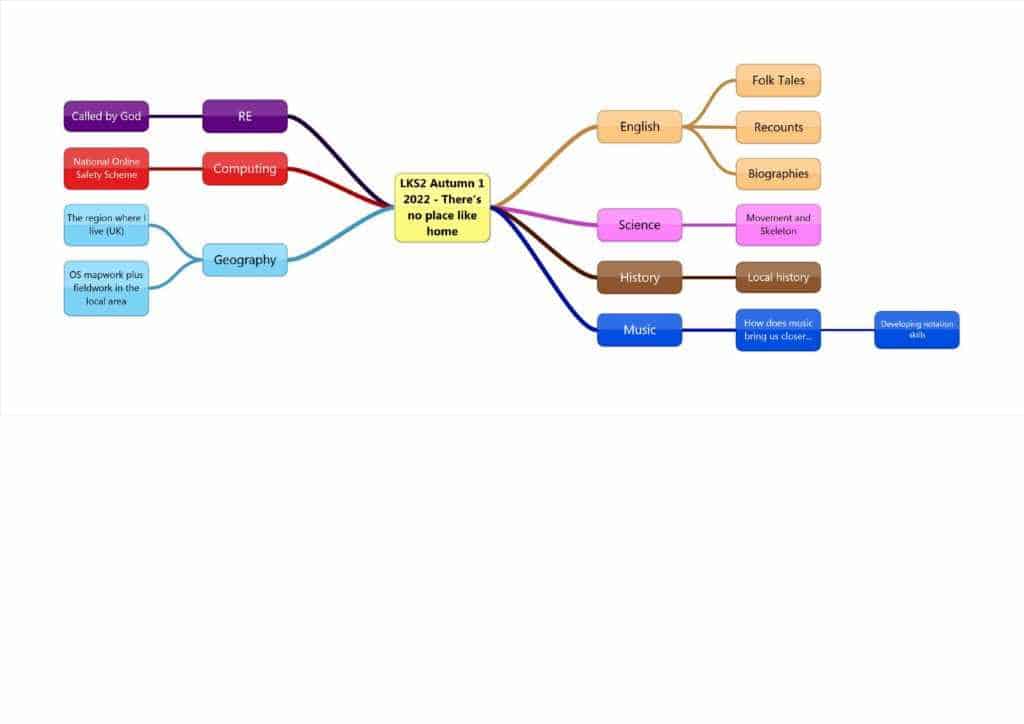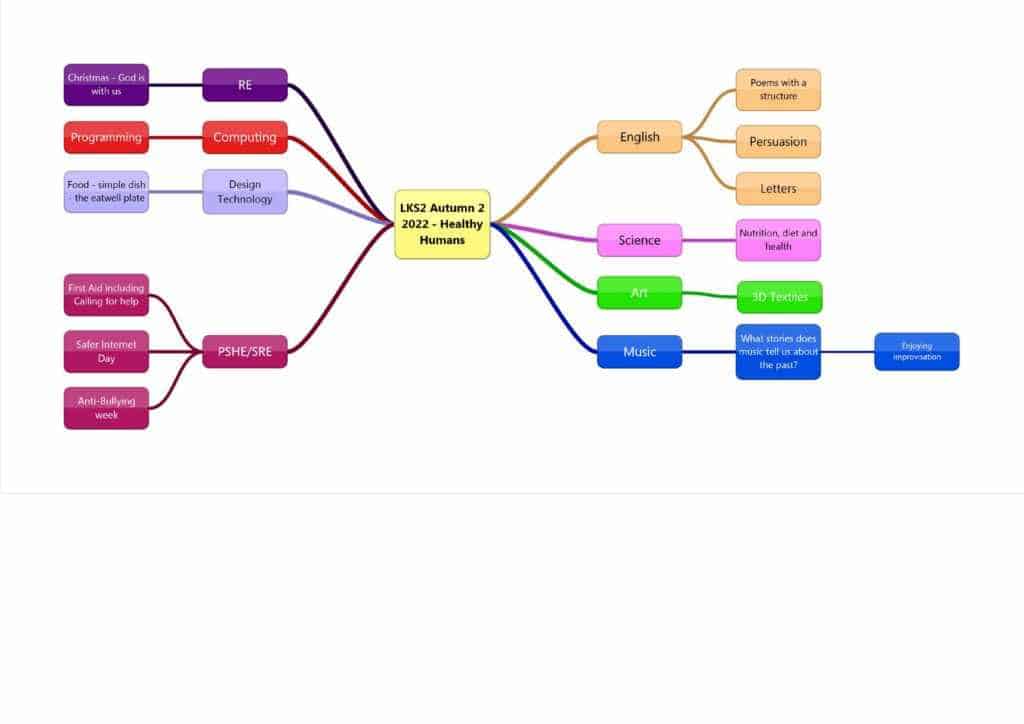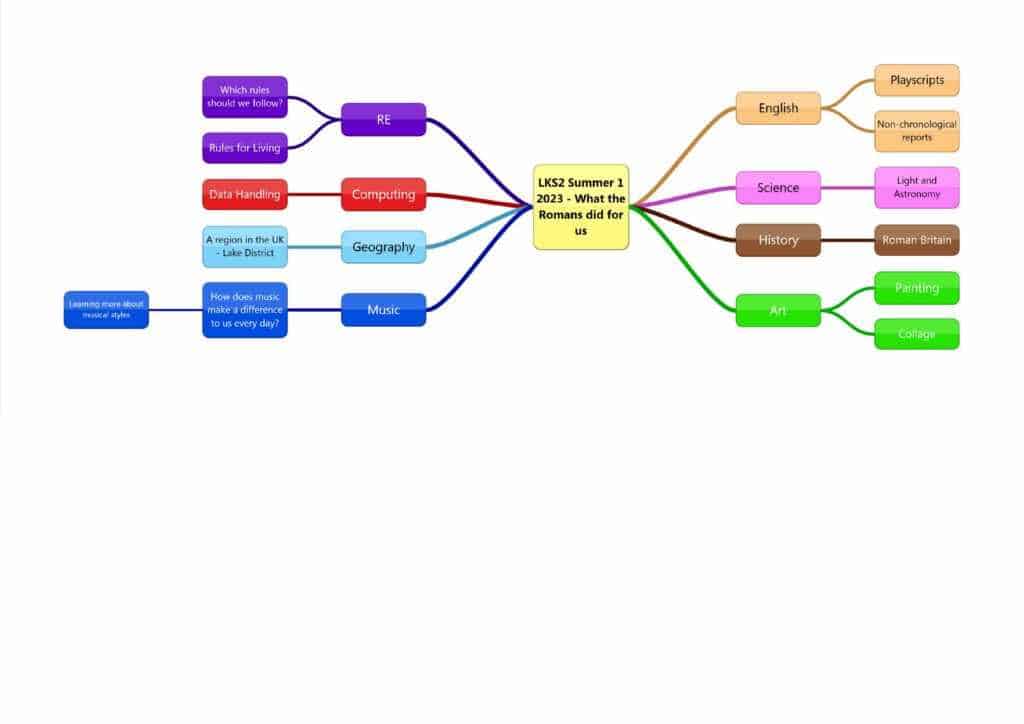KS1 and KS2 Curriculum
The curriculum at St Leonard’s is designed to prepare our pupils to be effective stewards of the world God has given us to live in. We want children not only to gain knowledge and skills, but also have the wisdom to use them to contribute to building and maintaining sustainable communities. In order to do this, children need to have developed an understanding of different viewpoints and how to build positive relationships with others. To develop these characteristics, we have embedded approaches such as Philosophy for Children, Thinking Moves, Emotion Works and Forest Schools within our curriculum.
Our curriculum fulfils all the requirements of the National Curriculum within a creative context. We believe that children learn best from hands-on learning so we include practical activities, outside learning, visits to places connected with our learning and visitors to share their experiences and knowledge.
The children are taught English, Mathematics, Science, History, Geography, Computing, Design Technology, Art, Music, Physical Education, Relationship and Health Education, French and Religious Education.
Each week every child will have at least two PE sessions and a RE lesson. Computing will be taught every term within an appropriate context so this may be a specific computing lesson or it may be applied within another subject. Other subjects are taught throughout the year, sometimes taught as a stand-alone unit and sometimes integrated into a half termly theme.
Although our plans are regularly updated to meet the needs of particular cohorts and to incorporate worldwide news and developments, our overall two-year topic plans can be seen here (Click the arrows to scroll through below):
